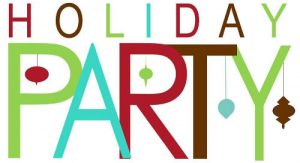 It’s that time of year for our annual Holiday party and member appreciation meeting. Here are the details from our President:
It’s that time of year for our annual Holiday party and member appreciation meeting. Here are the details from our President:
Here are all of the details of our annual Christmas Party on December 19th:
If you would like to make a gift donation, please reach out to myself or Pat Mc Cart, our Industry Coordinator.
• Upon arrival, you will receive 2 tickets: 1 for the general prize drawing; 1 ticket for your door prize wood block
(1 per family membership)
• If you helped with set up, clean up, newsletter articles, brought show-and-tell or President’s Challenge you
should have filled out yellow tickets throughout the year.
• Gift Exchange – If you would like to participate, please bring a wrapped gift and collect a ticket (can be a
turned piece, or gift of choice)
• Potluck dinner: Assignments:
* A to I – please bring a dessert to share
* J to P – please bring a main dish to share
* Q to Z – please bring a side dish or salad to share
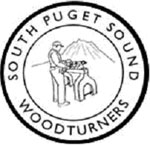













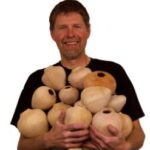 How fortunate we are this month! Our October guest demonstrator is one of the most creative and prolific woodturning artists of our time. Trent Bosch is primarily a wood sculptural artist with a body of work stretching back into the late 1990’s. Many of us know him for his bowl hollowing prowess. His line of hollowing tools are considered a gold standard for their ease of use and innovative focus on reducing workload and strain on the turner.
How fortunate we are this month! Our October guest demonstrator is one of the most creative and prolific woodturning artists of our time. Trent Bosch is primarily a wood sculptural artist with a body of work stretching back into the late 1990’s. Many of us know him for his bowl hollowing prowess. His line of hollowing tools are considered a gold standard for their ease of use and innovative focus on reducing workload and strain on the turner.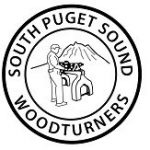 Are you not a member of the SPSW and wondered what kind of programming we have? Well we have a sample for you. Our own Pat McCart, multi-time former SPSW chapter President demonstrated how he turns his world famous three footed bowls. You can view it on our YouTube channel here:
Are you not a member of the SPSW and wondered what kind of programming we have? Well we have a sample for you. Our own Pat McCart, multi-time former SPSW chapter President demonstrated how he turns his world famous three footed bowls. You can view it on our YouTube channel here:  Membership Booth – Renew your membership today. Membership chair Terry Broberg will be available for you to join or renew your club membership
Membership Booth – Renew your membership today. Membership chair Terry Broberg will be available for you to join or renew your club membership
 >Club Store – Pam Parson will be there for you to pick up your needed items for your shop
>Club Store – Pam Parson will be there for you to pick up your needed items for your shop
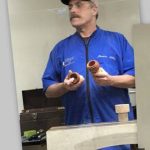 D-Way & Box Master Tools – Jimmie Allen will be there for you to pick up that new tool you have been wanting. Locally Made in the USA / Washington
D-Way & Box Master Tools – Jimmie Allen will be there for you to pick up that new tool you have been wanting. Locally Made in the USA / Washington
 Sharpening – Michael Poirier will be there to help you to “sharpen” your sharpening skills. Mike will demonstrate how he sharpens. Bring a dull tool or two…
Sharpening – Michael Poirier will be there to help you to “sharpen” your sharpening skills. Mike will demonstrate how he sharpens. Bring a dull tool or two…
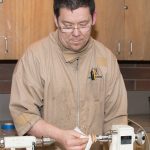 Figurines and Lighthouses – Jeff Marshal will demonstrate easy to make turnings for decorations
Figurines and Lighthouses – Jeff Marshal will demonstrate easy to make turnings for decorations
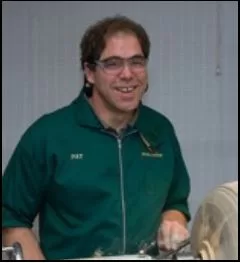 Well, its the end of August and Summer will be quickly fading to Fall. With Fall, in the great Northwest, comes rain and long periods of time spent indoors. As woodturners, our hobby keeps us indoors most of the year – except to occasionally forage for wood, we seldom see the light of day.
Well, its the end of August and Summer will be quickly fading to Fall. With Fall, in the great Northwest, comes rain and long periods of time spent indoors. As woodturners, our hobby keeps us indoors most of the year – except to occasionally forage for wood, we seldom see the light of day.